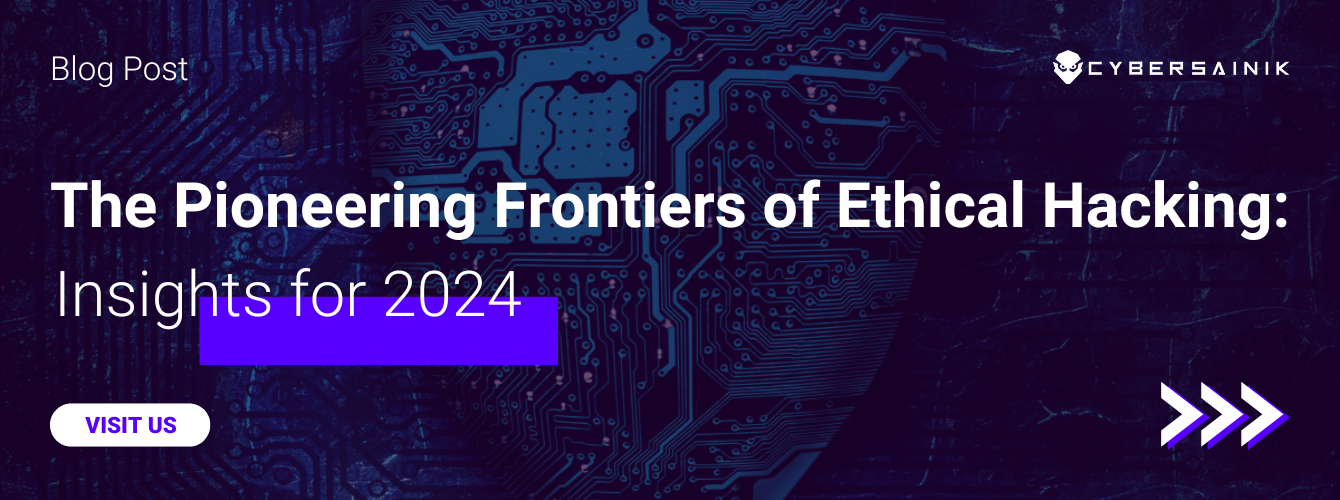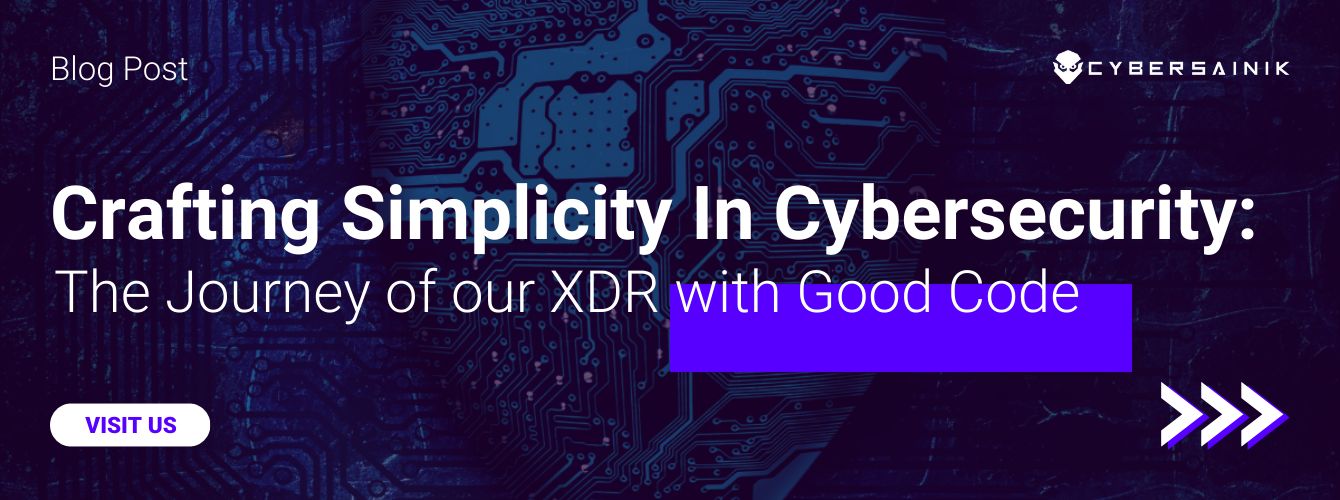We’re all familiar with the term data breach. A hacker enters a system and successfully extracts sensitive information, typically for identity theft and most often, businesses. This can lead to damaged reputation, catastrophic data loss, downtime and even full corruption. Although a data breach is an old concept, there are few things that people aren’t aware of. By gaining a deeper insight into data breaches, you’re aiding in the overall security and protection of your business. Here are four things to know about them.
1. Data Breaches Don’t Happen Overnight
Typically, when a business gets hit by a cyberattack, there is this false assumption that it came out of nowhere. Although it might appear that way on the surface, data breaches can sometimes take months for a company to detect, according to Forbes. Often times, cybercriminals are lurking around in networks, conducting research on specific areas of a system, gradually stealing information and installing malicious software before the company is even aware. Even more often, so many companies have the mentality that a cyberattack or a breach could never happen to them, when in fact, it could be occurring as we speak, and you just don’t know it yet.
We’ve mentioned previously that a hacker attempts an attack every 39 seconds and that a ransomware attack can occur as quick as 11 seconds. Although this is true, keep in mind that attempts are not data breaches quite yet and it can still take a while for the cyberattack to fully take effect. For these reasons, we encourage any business to be consistently proactive and up to date with their cybersecurity practices.
2. Data Breaches are very Versatile
Wherever there is a network with files, passwords and other private information, there are cybercriminals trying to break down the door to enter. Some types of cyberattacks include ransomware, phishing, malvertising, pharming, spear-phishing, and much more. The most common platform for hackers to nest is via email. Hackers accomplish this through phishing emails that encourage users to click on dangerous links or malicious attachments within the emails to exploit their information or install malware on their devices. Cybercriminals will also use this same tactic to perform a ransomware attack, which not only exposes confidential information, but can cost a company catastrophic amounts of money. Businesses that operate remotely need to keep in mind of unsecured networks that are commonly found in public places like hotels and restaurants. Breaches can also occur through fake networks that are created by cybercriminals.
Additionally, social media has become a popular data breach medium. There are 50 million to 100 million active users on Facebook, and 14 million of those are malicious profiles. Many of us are also familiar with “bots” that are commonly found on Instagram and Twitter, and although cybercriminals continue to use fake accounts, attacks are becoming more targeted and personalized through spear-phishing. Hackers will do things like research a victim’s interests on Facebook and go through their Twitter feeds to learn more information about the person or business. They will also go as far as sending malicious links to a victim while impersonating the person’s family member or friend, so that the message looks legitimate.
Depending on your business, recovering from a data breach is possible. However, many do not recover due to the amount of data loss, the potential for another attack and the high recovery expenses. For example, the average cost of a data breach is $3.92 million, and a ransomware attack can cost a single company up to $133,000, with no guarantee of data retrieval.
3. Data Breaches Happen to Small and Medium-Sized Businesses
Believe it or not, 81% of cyberattacks happen to small and medium-sized businesses. The culprit? Lack of cybersecurity solutions and protocols. Typically, these sizes of businesses believe that a hacker will bypass their organization because it’s smaller, therefore, they don’t invest in the necessary and critical security tools. In short, this makes a hacker’s job easier to execute, resulting in larger damage. Do the first step in preventing a data breach and lose the mentality that it will never happen to you, because it can, and it will.
4. Data Breaches are Completely Preventable
Did you know that cloud security guarantees 99.99% business protection and that 97% of attacks could have been prevented with a cloud investment? Cloud security can often times be overlooked or perceived as a spare tire. You don’t want it until you have no other choice. What happens if you have a flat tire and you don’t have a spare? Ask yourself the same thing about your business and a data breach. A hacker successfully attacks your network, but you don’t have cloud solutions to save you from data loss, downtime and financial impact.
First and foremost, invest in services like cloud backup and Disaster Recovery as a Service (DRaaS). These solutions ensure that you have multiple copies of your most critical data and that they’re easily retrievable in the event of a data breach. Additionally, Security as a Service (SECaaS) solutions are your best bet in preventing a data breach. SECaaS comes equipped with several services that you can choose from for your business model. They include: Security Information and Event Management (SIEM), Intrusion Detection and Prevention, Email Security, Identity Management and Vulnerability Protection.
Services like SIEM and Intrusion Detection and Prevention are analytical tools that look deep into your network, find vulnerabilities and trends, quickly mitigate threats and help you understand your business. Email is a cyberattack haven. Cybercriminals are constantly sending harmful links and attachments to victimize users. In addition to Email Security, ensure that your business is protected with strong cybersecurity training and a solid cybersecurity culture. This will help reduce human error by educating your employees on how to recognize cyberattacks and what to do in the event of one.
Bottom Line
What would your business do in the event of a cyberattack? Would you be prepared? If you don’t have a disaster recovery plan and haven’t invested in cloud solutions, more than likely, your business would not survive. Now that you know a bit more about data breaches, get in touch with a Cyber Sainik expert today.




